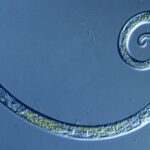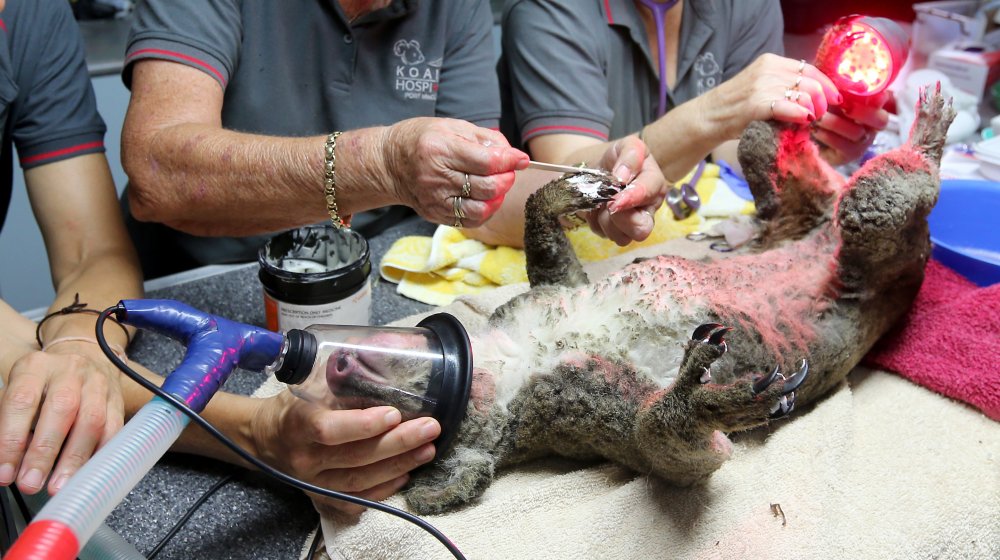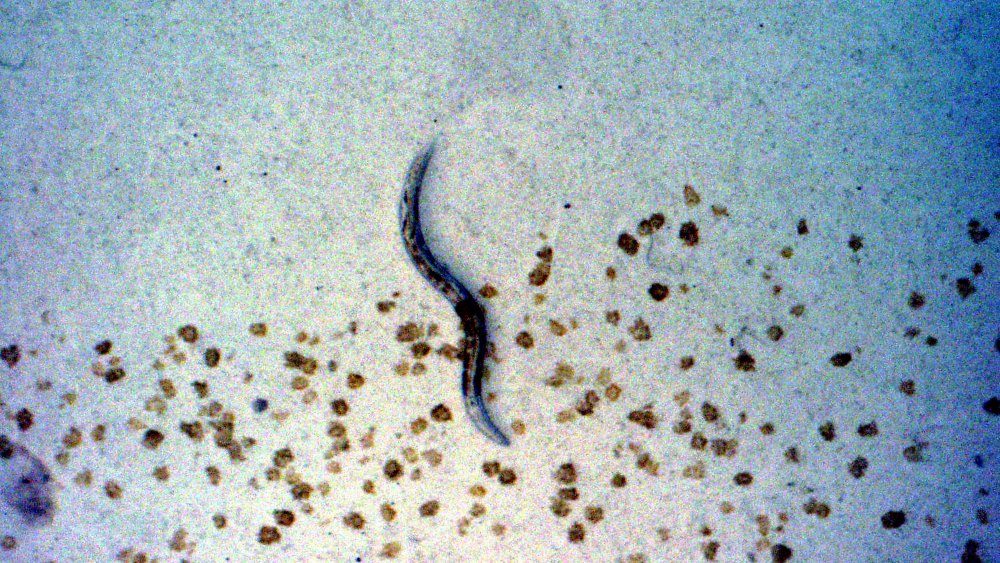
Siberian Worms Frozen For 42,000 Years Brought To Life
Some animals simply refuse to kick the bucket. The immortal jellyfish, for instance, can reverse its own aging process, per the BBC. The largely die-hard tardigrade isn’t immortal but can survive being shot into space, boiled for an hour at over 300 degrees Fahrenheit, and frozen for 30 years in Antarctica. Then there’s the nematode, a kind of microscopic worm which is such a pro at not kicking the bucket that, according to Current Biology, it doesn’t even have legs. In fact, in 2018, scientists learned that two species of Siberian nematode managed to withstand being frozen 1,400 times as long as those nigh-indestructible tardigrades that became Antarctic ice cubes.
A short creature with amazing longevity
Judging by size alone, the nematode looks like a creature that other bugs could squish like a bug. Live Science writes that nematodes usually measure about a millimeter long. For context, the average adult German cockroach reaches 10 to 15 times that length, per the University of Florida. Also super bugs in their own right, roaches can withstand about 10 times the dosage of radiation it would take to kill a human. Yet Pest Lockdown writes that freezing them at zero degrees kills them in about an hour. The nematodes found in Siberian permafrost, by contrast, managed to last 42,000 years. Heck, these creatures even outlasted the permafrost, which released them from their frigid prison by melting.
Scientists made the stunning discovery after analyzing 300 samples of Arctic permafrost deposits. Once the worms were sufficiently thawed, they began moving and eating. This isn’t the first example of the nematode’s insane staying power. Live Science notes that “some are found living 0.8 miles (1.3 kilometers) below Earth’s surface, deeper than any other multicellular animal.” Depending on the food source available, nematodes in the Indian Ocean can form one of five different mouths while others have evolved to live in slug intestines. The nematode also isn’t the first organism to pull a Lazarus after tens of thousands of years entombed in ice. A giant virus holds that honor. So as the world’s ice continues to melt, be on the lookout for dino disease to make a comeback.

Creepy Tales Of Movie Set Ghosts

What To Do If You Really Run Out Of Toilet Paper

Physicists Determine Ideal Soap Recipe For Bubble Blowing

Going Postal: Man Receives 55,000 Letters From The Same Company

Deep Space Radio Bursts Are Baffling Scientists

Thousands Knittin' Mittens For Wildfire-Displaced Aussie Animals

Beethoven's Tenth Symphony To Be Finished By Artificial Intelligence

Sunken US Navy Submarine Discovered Off Okinawa After 75 Years

Puppy That Falls From Sky Turns Out To Be Rare Dingo Species

The Origins Of Your Favorite Monster Myths























